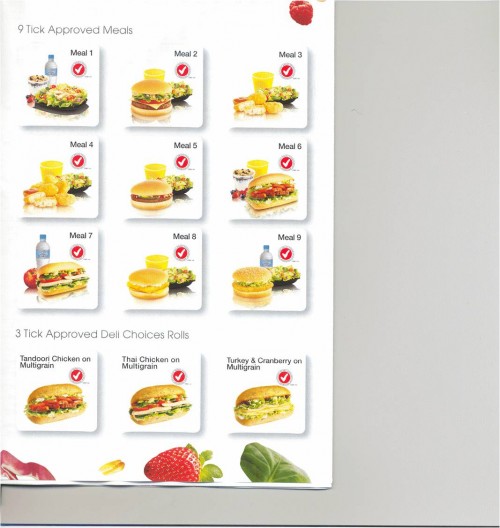Since Mayor Bloomberg started going after salt, my inbox is overflowing with commentary on all sides of the salt debates.
First a review of the research: FoodNavigator.com has published a series of pieces on the importance of salt reduction to health and the implications of doing so for the food industry:
- January 15: a summary of a Japanese study linking high salt diets to cancer.
- January 26: a review of studies on several conditions affected by salt intake.
- January 27: a discussion of the economic effects of reducing salt intake.
- January 28: an overview of how the salt issues are viewed in Europe.
- January 29: a discussion of the purported benefits of sea salt.
- Also on January 29: a report on Kellogg’s salt-reduction initiative in Europe.
- February 1: a review of the arguments over the science.
- February 2: an account of how Ireland is dealing with the salt issue.
Jane Brody of the New York Times weighed in on the benefits of salt reduction.
Salt in restaurant meals: On January 31, an intrepid New York Times reporter had the bright idea of sending some restaurant meals off to a lab to test for sodium. Ouch. Large clam chowder 3100 mg, two slices of pizza 2240 mg, steak with creamed spinach 2660 mg, Katz’s corned beef with pickles 4490 mg. Stroke anyone? No wonder it’s so hard to avoid sodium.
The “leave salt alone” crowd: JAMA has just run an editorial from Michael Alderman arguing that salt reduction does no good, might do harm, and should be tested in clinical trials before moving forward. And Greg Miller of the National Dairy Council sent me this piece from Dr. Judith Stern of U.C. Davis, a member of the advisory board of the Salt Institute, saying much the same thing.
These are old arguments. What I find remarkable about them is that despite such individual opinions, every committee that has ever reviewed the research over the years has consistently come to the same conclusion: salt reduction is a good idea. Are the committees delusional? I don’t see how. As for clinical trials, how could anyone do one? There is already so much salt in the American diet that it will be hard to find a population of people able (even if willing) to reduce salt intake to a level where differences in health will be measurable. The research disputes are difficult to sort out I don’t see how they can be easily resolved.
Under these circumstances, you could take your pick of whose research interpretation to believe – if you actually had a choice. But you don’t. If you eat processed food or in restaurants, you are eating a lot more salt than you need.
I’d like the default to be a lower salt environment. Drs. Alderman and Stern can always add more salt to their food. I have no way of removing it from mine.
Stay tuned. We will be hearing a lot more about this one.




